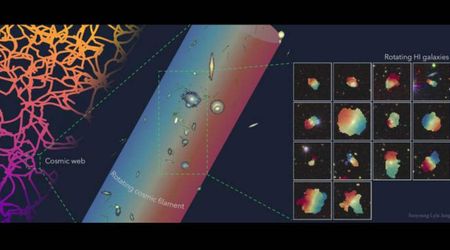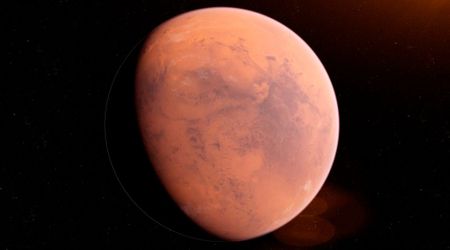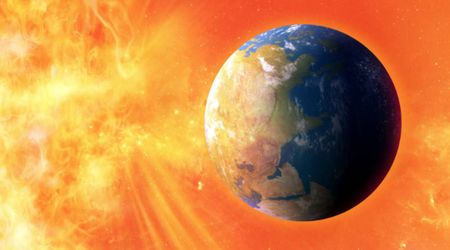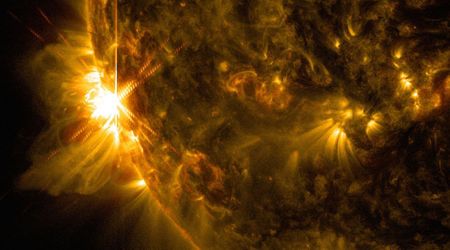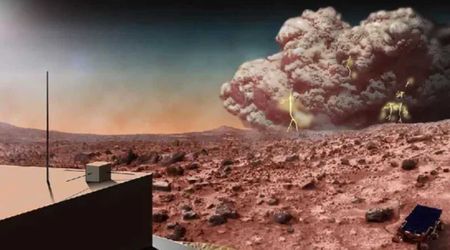What happens to the human body when stuck in space for too long? NASA explains mind-boggling effects

While Suni Williams expressed her eagerness to reunite with her Labrador retrievers, and Barry ‘Butch’ Wilmore’s teenage daughter opened up about her mental exhaustion from not seeing her dad around, genuine concerns have arisen about their well-being in space. But now, the NASA astronauts’ extended stay in space is scheduled to end later in March, as per Space.com. Previously, experts at the space agency had expressed worry over space travelers’ struggle to maintain optimum health. Williams and Wilmore are now awaiting their return to Earth after spending over nine months at the International Space Station (ISS).

Williams and Wilmore initially embarked on a mission that was supposed to last only a week. However, it became one of the longest space voyage missions, reported the outlet. They were aboard Boeing's Starliner capsule, which ran into technical difficulties and still managed to reach the ISS. The Starliner reported so many technical issues that later in September 2024, NASA made a calibrated decision not to risk its astronauts’ lives and the capsule flew back uncrewed. Living in space may seem like bliss from afar to many, but its toll on the human body cannot be discounted.

The retired Navy captains, however, had time and again reiterated in their interviews that they had adapted to the challenging environment. “Just living in space is super fun,” Newsweek quoted Williams telling some students on Earth. Even Wilmore echoed similar sentiments when he was asked about the extended space mission’s impact on their bodies. Like his colleague and three-time space station resident, Wilmore jokingly replied that his “joints don't ache because there's no pressure on them.”

Even though Wilmore, 62, tried to reassure by suggesting that space travel remains uncertain and that astronauts plan in advance for unexpected contingencies, the in-study impacts of staying in space for longer periods are not as convincing. Adapting to different gravities has its own challenges, and the human body bears the brunt of it in many ways. As astronauts transition from Earth's gravity to the vacuum of space, it can affect their spatial orientation, head-eye and hand-eye coordination, balance, and locomotion. It may also cause space motion sickness, according to NASA’s 50-year-and-still-running Human Research Program (HRP).

Apart from managing fluid shifts, the astronauts are at a constant risk of radiation exposure in outer space, as noted by NASA. Exposure to increased radiation, particularly galactic cosmic rays, can be associated with both short- and long-term health consequences, it suggested. Additionally, the space agency, through animal and cellular research, indicated that the type of radiation in space has a larger impact on health outcomes compared to the radiation experienced on Earth. Astronauts could also suffer from kidney stones due to a lack of hydration during their extended stay in space.

NASA further suggested that those flying into the cosmos are at risk of vision problems, as well, because of bodily fluid shifts. A stay in microgravity would eventually also trigger a loss of muscle mass and further escalate in weightlessness among astronauts, as their weight-bearing bones can lose between 1% to 1.5% of mineral density every month, which may not recover upon return to Earth even with rehabilitation, according to the space agency. Due to the reduced load on the heart to pump blood in microgravity as opposed to on Earth, it could shrink and result in increased arrhythmias, stressed Newsweek. Once stranded astronauts return to Earth under normal gravity, there are chances that they may have to live with weaker hearts.


